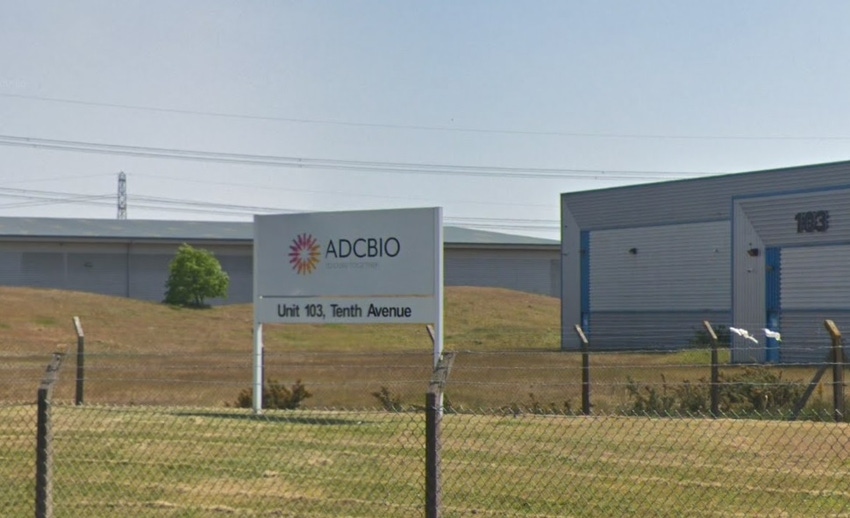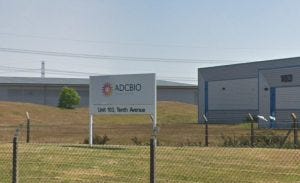Content Spotlight
Podcast: MilliporeSigma says education vital to creating unbreakable chain for sustainability
MilliporeSigma discusses the importance of people, education, and the benefits of embracing discomfort to bolster sustainability efforts.

Four months after making a strategic investment in fellow CDMO ADC Biotechnology, Sterling Pharma has acquired the company bolstering its antibody-drug conjugate offerings.
In December, contract development and manufacturing organization (CDMO) Sterling Pharma entered in a strategic partnership with UK-based ADC Biotechnology, making a “significant” but undisclosed investment in the company with an eye to acquiring it.
And this week, Sterling acted on the agreement and acquired the firm, cementing Sterling’s high potency active pharmaceutical ingredient (HPAPI) business with ADC Bio’s conjugation and antibody-drug conjugate (ADC) development and manufacturing services.

ADC Bio’s site in Wales, UK. Image c/o Google
“This investment provides Sterling with the opportunity to offer a wider portfolio of services to its customers in the fast-growing ADC and bioconjugation market,” Emma Greenwood, a spokeswoman from Sterling Pharma told this publication.
“The combined expertise of Sterling and ADC Bio will allow us to provide enhanced and additional services in the market, especially when combined with our HPAPI expertise.”
The deal brings a facility in Deeside, Wales, commissioned in 2017 for $11 million and completed two years later, which houses 6,500 m2 of ADC development laboratories. Sterling now intends to make a multi-million dollar investment to further support the company’s ADC capabilities, said Greenwood.
“It is our intention to develop and equip further space for the technical services team and the analytical services team, as well as develop on site GMP manufacturing. We will also be recruiting extensively.”
The news is the latest expansion for Sterling, which last September bought an API facility in Wisconsin from Alcami.
According to Greenwood: “We don’t have any plans for further acquisitions at the moment; we now have four facilities and more than 750 employees, which provide the capacity and capabilities to meet our organic growth ambitions.”
The biopharma space has had a turbulent couple of decades with ADCs. The first, Wyeth’s Mylotarg (gemtuzumab ozogamicin), was approved by the US FDA in 2000, but withdrawn in 2010 by new owner Pfizer due safety and clinical benefit concerns, before successfully winning reapproval in 2017.
Meanwhile, AbbVie spent $5.8bn to acquire Stemcentrx in 2016, citing its candidate lung cancer ADC Rova-T as a major driver. However, in August 2019 Abbvie halted development after the drug demonstrated no survival benefit.
But successes in the space like Roche’s Kadcyla (trastuzumab emtansine) have driven confidence in the sector over the past five years, and currently nine ADCs have received US approval.
“This is one of the fastest growing sectors of the pharma industry and we are seeing demand from a range of clients globally,” Greenwood said.
According to MDPI’s Pharmaceuticals journal, published September 2020, there are more than 80 ADCs in clinical trials, and interest in the modality continues to grow. In December, Boehringer Ingelheim reentered the space through the $1.4 billion acquisition of NBE-Therapeutics. Meanwhile, investment from third-party manufacturers and bioprocess firms have been plentiful to support the space. Some recent examples include WuXi Biologics, Lonza, and MilliporeSigma.
You May Also Like